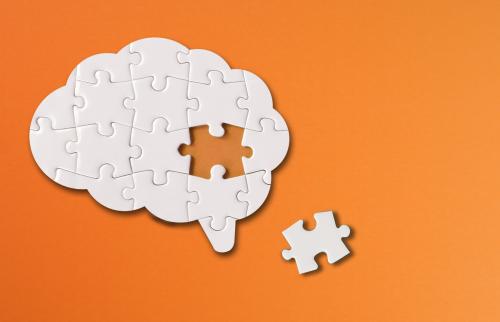CSED affilate Shubha Chakravarty presented a talk, “Agent-Based Modeling: New Methods in Estimating Impact” at the semi-annual Gates Foundation Grand Challenge 9 (GC9) Meeting in Kampala, Uganda. The theme of this spring’s meeting was “Creating a Nutrient Rich Staple Crop Species,” focusing specifically on new progress in developing bio-fortified staple crop species.
The five international research teams funded under the Gates Grand Challenge 9 Initiative attended the meeting: the “African-Biofortified Sorghum” team based at the Danforth Plant Science Center in St. Louis, Missouri; team “Cassava” led from Ohio State University; team “Bananas” from the Queensland University of Technology in Australia; team “Golden Rice” led from the University of Freiburg in Germany; and team “Harvest Plus” from the Consultative Group on International Agricultural Research (CGIAR). Many guests from the Ugandan government and local agricultural research stations also attended, as well as outside speakers with relevant topics of interest.
In addition to introducing members of the consortium to the basic concepts of agent-based modeling and its many potential applications, Ms. Chakravarty’s presentation focused primarily on how this innovative method could be applied to do ex-ante impact analysis, that is, model scenarios in order to estimate the potential impact of the new crops in development. Her presentation also included a demonstration of the 300 million-agent US version of CSED’s award-winning Large-Scale Agent Model.
Overall, the meeting yielded much discussion for future collaboration among CSED and multiple research teams, specifically on the topics of using agent-based modeling to study crop diseases and genetic drift of new plant varieties.



Commentary
Agent-Based Modeling: New Methods in Estimating Impact
April 15, 2008